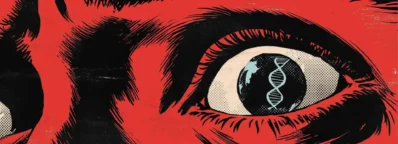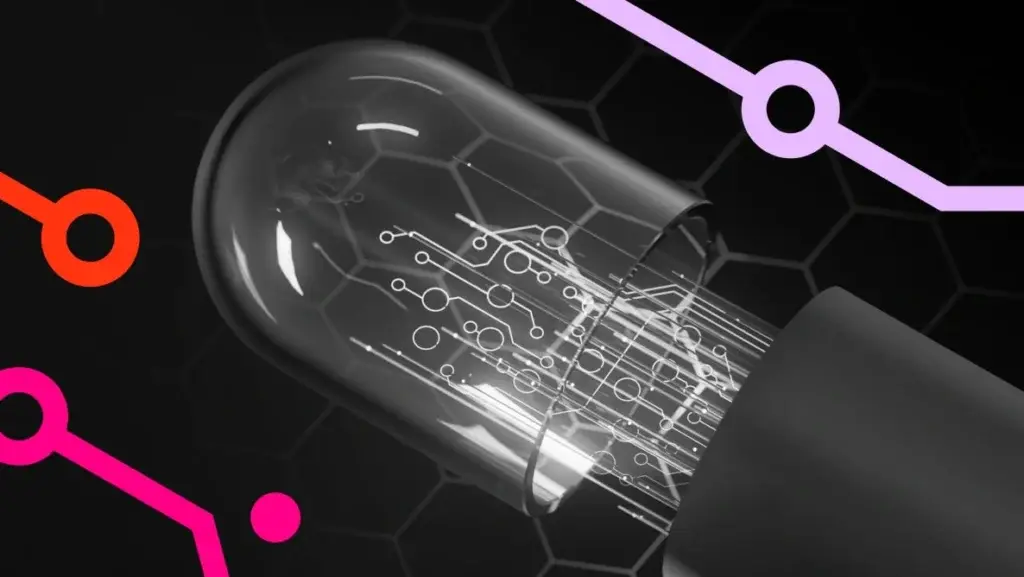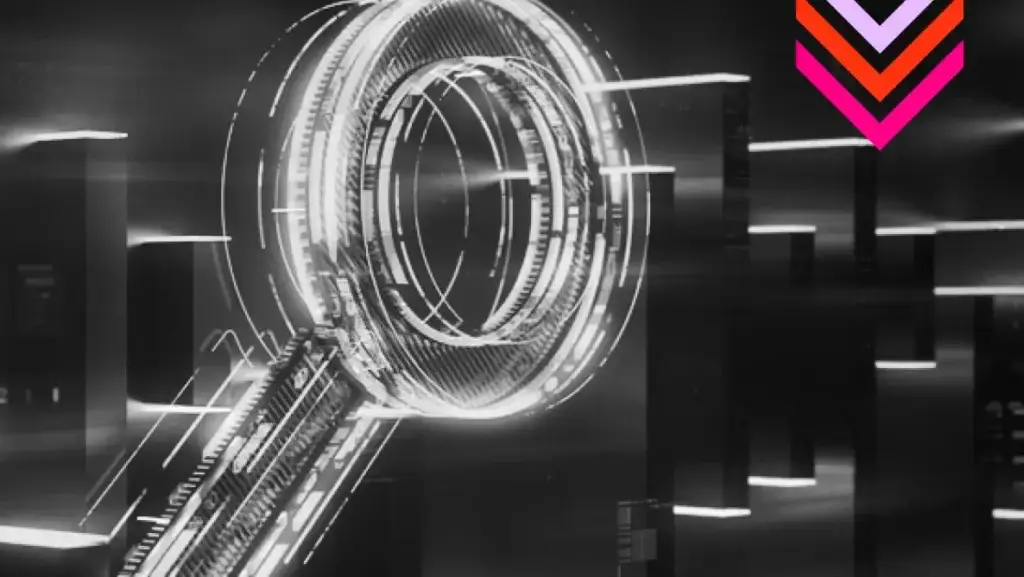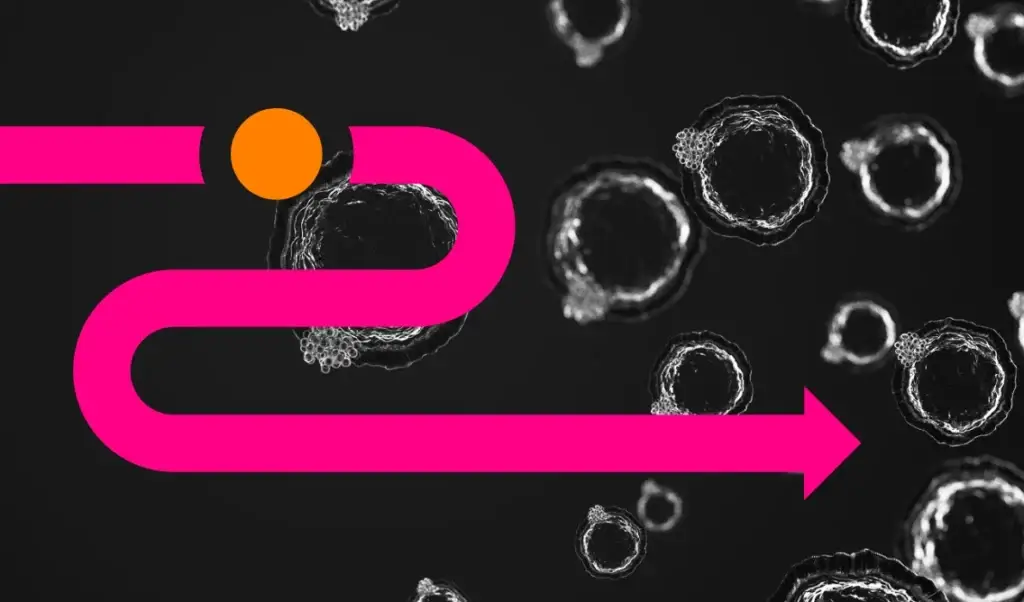As Halloween approaches, many of us queue up horror movies, knowing full well we’ll be scared – and loving it anyway. That strange mix of fear and excitement keeps us coming back for more. For communicators in the life sciences, it’s a reminder that the emotions that frighten us can also focus our attention.
Fear often gets framed as a weakness. But biologically, it’s our most effective survival mechanism. When we sense a threat, the amygdala – a small, almond-shaped structure deep in the brain – immediately signals the hypothalamus, triggering the classic fight-or-flight cascade: elevated heart rate, increased oxygen intake, and sharpened alertness.1
This cascade doesn’t just prepare the body for defense, it dramatically sharpens the mind. Under stress, the brain prioritizes emotionally charged information, a process that enhances memory formation in the hippocampus.2 In other words, when something emotionally activates us, we remember it more deeply. The same neural circuitry that heightens fear also fuels curiosity, sharpening attention and engagement.
In life science communications, this tension between fear and fascination is not just inevitable, it’s a strategic opportunity. Biotech innovation always sits at the edge of the unknown, and that tension can unsettle audiences. Our challenge isn’t to eliminate it, but to harness it, transforming apprehension into curiosity and awe.
Research has shown that emotionally charged messages – whether they evoke awe, anger, or anxiety – are more likely to be shared and acted upon than emotionally flat ones.3 The communicator’s strategic mandate is to translate that biological activation into engagement, guiding the audience from instinctive alarm toward informed curiosity. When we grasp fear as a biological amplifier of focus, it stops being the enemy of communication and becomes a strategic asset.
But as every communicator knows, fear doesn’t just focus – it spreads. From social media velocity to mainstream news dominance, fear-driven narratives move faster than facts. They’re simple, visceral triggers designed to hijack our threat detection system: “Designer babies.” “AI replacing scientists.” These aren’t informed scientific assessments. They’re highly effective emotional shortcuts engineered to circulate rapidly. As scientific communicators, our responsibility is to acknowledge public unease and to strategically reframe it with context and accurate information, meeting the fear head-on rather than avoiding it.
The same concept that sounds frightening when framed as “manipulating human DNA” can inspire awe when reframed as “correcting inherited diseases.” Emotionally intelligent science communication never dismisses fear; it transforms it. We shift the narrative from risk to possibility, replacing apprehension with palpable progress.
Horror storytellers are masters of holding attention, and their techniques offer lessons for scientific communications:
- Build Anticipation: Set the definitive scene (the core problem) and explain the why before revealing the solution or result.
- Humanize the Story: Every experiment has a protagonist – a patient, a scientist, a team – whose core motivations ground the complex science.
- Offer Resolution: Audiences need emotional closure. Show how discovery leads directly to healing, safety, or hope.
Fear and fascination are two sides of the same coin: curiosity. The critical task is to guide audiences from instinctive alarm to empowered understanding. When we acknowledge that a new technology might feel intimidating, we instantly build trust. And when we reveal the human intent behind the innovation – the drive to cure, protect, and improve life – we don’t just replace anxiety with awe. We turn uncertainty into understanding.
References
- LeDoux, J. E. (2000). Emotion circuits in the brain. Annual Review of Neuroscience, 23(1), 155–184.
- McGaugh, J. L. (2004). The amygdala modulates the consolidation of memories of emotionally arousing experiences. Annual Review of Neuroscience, 27(1), 1–28.
- Berger, J. & Milkman, K. L. (2012). What makes online content viral? Journal of Marketing Research, 49(2), 192–205.








